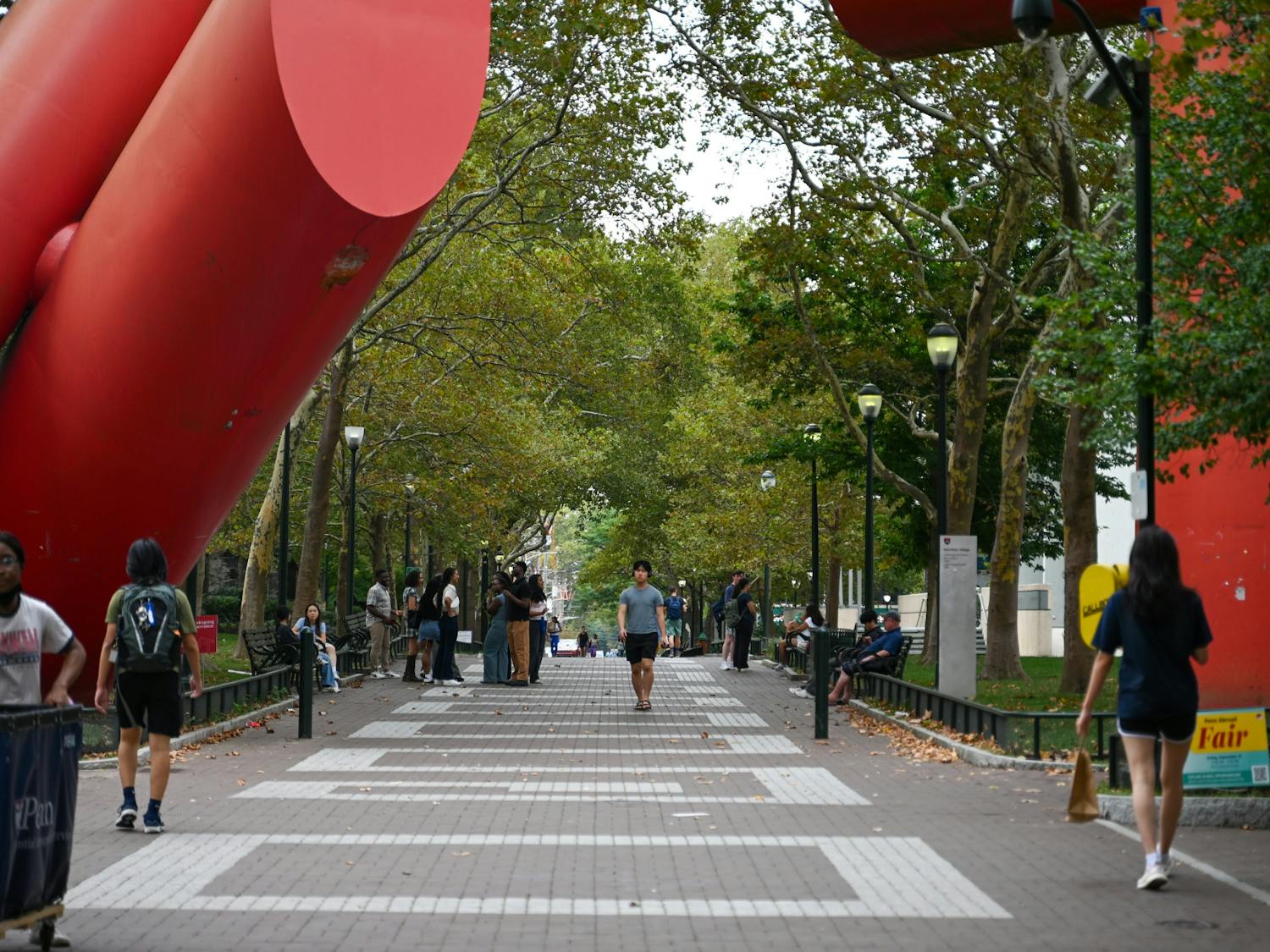Penn admitted 174 students out of a record-high 2,951 transfer applicants for the 2019-2020 academic year, yielding a transfer student acceptance rate of 5.9%.
Penn released transfer acceptance notifications on May 15 and sent The Daily Pennsylvanian the admissions data on June 27. Out of the 174 students offered admission, 116 students will matriculate as Penn students this fall. This year's transfer yield rate of 66.7% is close to the Class of 2022's yield of 67.3%.
The acceptance rate of 5.9% constitutes a marked decrease from recent years. Penn accepted 7.6% of transfer applicants last year and 8.1% in 2017. From 2013-2016, the transfer acceptance rate wavered around 8-9%.The decreasing transfer student acceptance rate also mirrors the declining trend in Penn’s undergraduate acceptance rate, which hit a record-low of 7.44% for the Class of 2023 in March.

Accepted transfer students said the University's support throughout the transferring process enhanced their desire to enroll at Penn.
“Whenever I had questions, I would just call the admissions office or walk in and they would be happy to answer any of my questions and help me,” Joe Barberio, a rising College sophomore transferring from Drexel University, said.
Barberio said he did not receive the same kind of personal attention when applying to Columbia University, and other transfer students echoed Barberio's sentiment.
Diane Chernoff, a rising College sophomore transferring from Duke University, said Penn was more helpful than other schools due to its transfer student information session in particular.
“At the other schools I applied to, it was more of a guessing game,” Chernoff said.
The transfer application consists of two essays — one asks applicants to describe their reasons for transferring, and the other asks how they plan to explore their intellectual academic interests at Penn. Applicants must also provide their high school transcripts, two academic recommendation letters, a list of extracurriculars and awards, and a report of their college grades at the time of applying.
Penn was the second most popular Ivy League institution for transfer students after Cornell University in 2018. Considering Penn's relatively high acceptance rate among other Ivy League schools that year, Dean of Admissions Eric Furda told The Daily Pennsylvanian that Penn has a greater capacity to accommodate a larger number of transfer students. Penn has the second largest undergraduate enrollment size of the Ivies, with Cornell University at first.
Rising College junior Shawn Kim, the vice president of mentorship for Penn's Transfer Student Organization, was a transfer from Franklin and Marshall College and said his awareness of TSO played a major role in his decision to commit to Penn.
“I realized that Penn was one of the very few schools that had a solid transfer community,” Kim said. “Not many other schools had either a sizable transfer presence or they didn’t have a transfer community. They just integrated the transfers in with the freshmen.”
Kim added that during New Student Orientation, TSO facilitates events for transfer students to meet one another. Kim said TSO also has a mentorship program where new transfers are individually paired with current Penn students who transferred in prior years.
In the past, Kim said TSO and Penn Admissions hosted an open house for admitted transfer students. The open house traditionally took place two weeks after acceptances were released and before transfers were required to commit to schools. The event included a panel of TSO members and a campus tour.
“A lot of transfers felt that it was a deciding factor for them to come to Penn,” Kim said. “Seeing the transfer presence there comforted us, because we knew that we had people to look after us coming in.”
This year, however, Kim said Admissions decided not to host the open house, much to the disappointment of TSO and other transfer students. Kim said this decision was in part due to a concern about the event's accessibility, since admitted students who live further away from Penn cannot always attend.
“We really hope that we can improve our relationship with Admissions going forward because we really want perspective transfers to get a better sense of what Penn is like before deciding,” Kim said.









